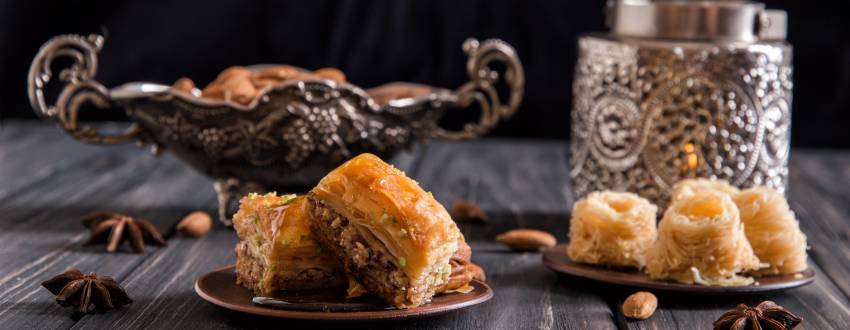Growing up, my Purim traditions stemmed from two distinct sources: the annual celebrations of the Modern Orthodox day schools that I attended in Chicago, and our family traditions – the legacy that my parents brought with them to the States from their homes in Czechoslovakia and Hungary.
My father, a master storyteller, would regale us with stories of the baked goods that his mother baked (with the help of his older sisters). Many were filled with preserves, which were made from the freshest fruit that grew on the trees on their land. Most famous of these preserves was lekvar, preserves which were made with the plums from their plum trees.
The most beautiful and ornate pastries were prepared, just to ensure a gorgeous plate for Shalach Manos. As kids, they loved to dress up for Purim and run around Hluboka, their small town in Czechoslovakia. He looked forward to walking to shul with his grandfather to hear the Megillah every year.
In my mom’s hometown of Vasarosnameny, Hungary, Purim was a particularly joyous event that brought the entire community together. The Jewish Kehilla owned a large lot of land, on which stood the shul, the schecht shteibel, the mikveh, the cheder, the Rabbi’s home, a communal kitchen, and other homes for those who worked for the Jewish community.

In the evening, the community would gather in the shul to hear Megillat Esther. Also on Purim, everyone went to the Rabbi’s house for a Purim Shpiel, a good-natured spoof on Jewish life. The Rabbi’s wife always prepared Aranygaluska, Golden Dumplings, which is a triangular shaped yeast pastry filled with preserves and rolled in oil, nuts, sugar and cinnamon. (See page 234 of my book, Food Family and Tradition, for the recipe.)

My mom spent days baking together with her mother in preparation for Purim. Habcsók, Meringue Kisses, with walnut halves hidden in each cookie, topped the list of traditional baked goods for Purim in their home, because they made a beautiful platter. Of course, they never “wasted” food, so while they baked meringue kisses from egg whites, they baked Kindle, a sweet cake roll, which uses egg yolks in the dough and is filled with preserves, nuts, and raisins (get my recipe for Kindle Cake here).
The hamantashen that were prepared were made from a sweet yeast dough, and filled with “mohn” (poppy seed) or a choice of homemade sweet preserves, perhaps lekvar, quince or cherry preserves (in my mom’s family, quince and cherry preserves were prepared using the fruit from trees on her grandparents’ land). The dough was rolled out and cut into squares, filled and then folded into triangles. Many of the pastries were made with fresh preserves or nuts, very common among Hungarian desserts.
Beautiful platters for Shalach Manos were made with the delicacies that they had baked. The children loved to deliver Shalach Manos, because each delivery brought with it a gift of a few pennies to each child. This custom continues in our family until today. My mom still prepares money to give to the children who bring Shalach Manos to her.

During Purim day, the “Yeshiva Bochurs” went from house to house, dressed up, singing or putting on a short Shpiel and collecting a few pennies. And of course, we always finished Purim with a beautiful Purim Seudah, a festive meal celebration with delicacies. Most traditionally, we always looked forward with great anticipation to feasting on the delicious roast duck, which was the center of the Purim meal.
Purim is a one-day holiday, a joyous celebration commemorating the overturning of the evil decree to destroy the Jewish people. “Al Hanisim” for all the miracles that have been done “in those days and in this time” – and in that spirit, let me wish you all a most cheerful and joyful Purim, full of all the traditional foods and customs that have been passed from one generation to the next.






Reviews